Yosemite National Park: Yosemite National Park is a protected area located in California, USA, that covers over 747,000 acres of land. It is known for its diverse range of ecosystems, including its forest regions. In this article, we will explore the category of forest found in National Park and the various subcategories within it.
Category of Forest in Yosemite National Park
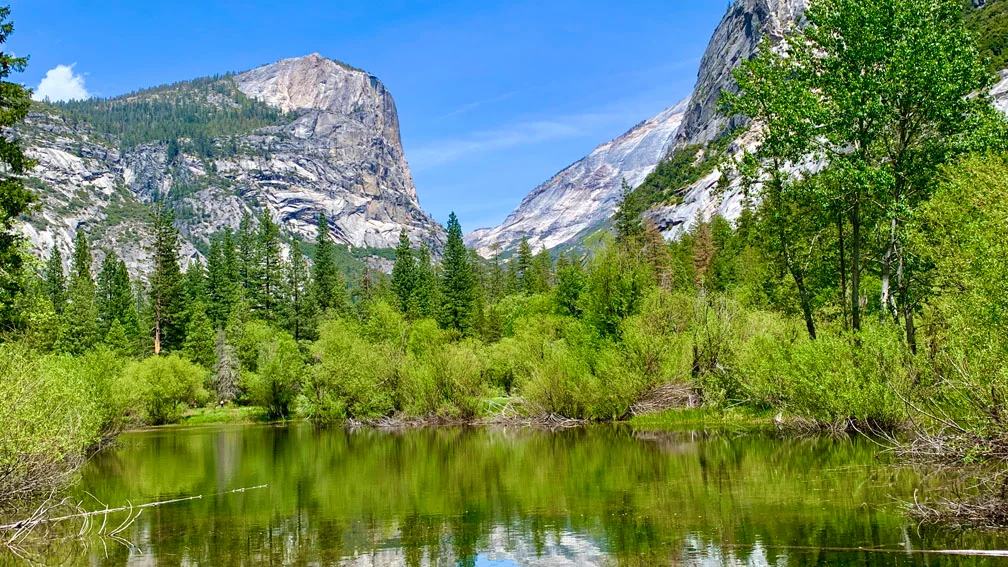
The forest region in Yosemite National Park is categorized as a temperate forest. Temperate forests are characterized by their moderate temperatures and ample rainfall. They are found in regions with four distinct seasons, with a cold winter and a warm summer. The forest in Yosemite National Park is specifically classified as a mixed conifer forest.
Mixed Conifer Forests
Mixed conifer forests are characterized by the presence of several different types of coniferous trees. These trees include species such as pine, fir, cedar, and spruce. The mixed conifer forest in Yosemite National Park is dominated by species such as the giant sequoia, sugar pine, and white fir.
Subcategories of Mixed Conifer Forests
Within the mixed conifer forest inNational Park, there are several subcategories based on elevation and dominant tree species. These subcategories are important for understanding the different ecological communities within the forest region.
Lower Montane Forest
The lower montane forest subcategory is found at elevations between 3,500 and 6,000 feet. It is characterized by the dominance of tree species such as the ponderosa pine and black oak. This subcategory is also known for its diverse understory, which includes species such as manzanita, ceanothus, and toyon.
Upper Montane Forest
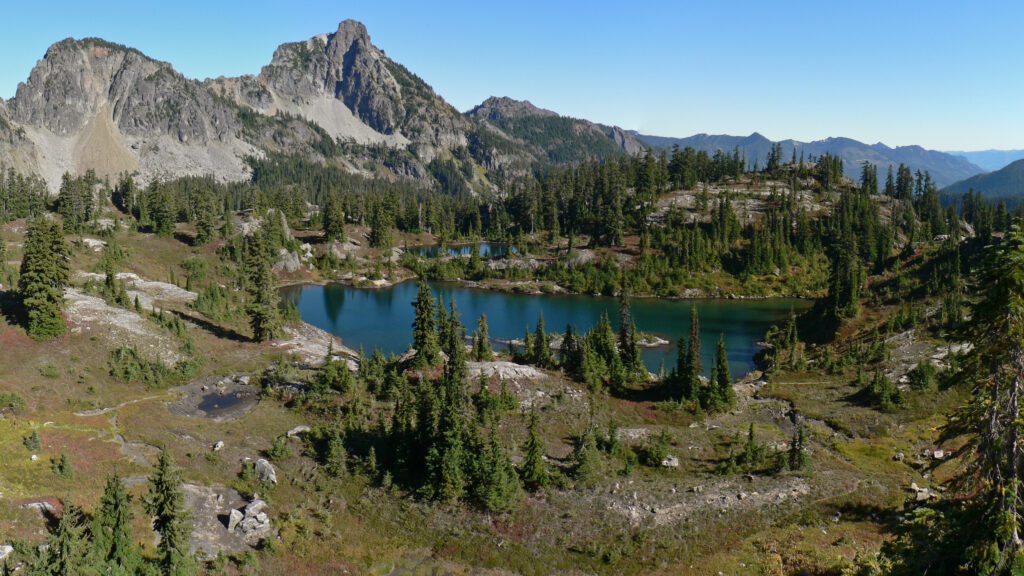
The upper montane forest subcategory is found at elevations between 6,000 and 7,500 feet. It is characterized by the dominance of tree species such as the sugar pine, white fir, and incense cedar. This subcategory is also known for its dense understory, which includes species such as chinquapin and mountain dogwood.
Subalpine Forest
The subalpine forest subcategory is found at elevations between 7,500 and 9,000 feet. It is characterized by the dominance of tree species such as the lodgepole pine and the mountain hemlock. This subcategory is also known for its unique understory, which includes species such as the Sierra juniper and the Sierra Nevada white fir.
Alpine Forest
The alpine forest subcategory is found at elevations above 9,000 feet. It is characterized by the dominance of tree species such as the whitebark pine and the limber pine. This subcategory is also known for its sparse understory, which includes species such as the cushion plant and the alpine bistort.
Importance of the Mixed Conifer Forest in Yosemite National Park
The mixed conifer forest in Yosemite National Park is an important ecosystem that provides many ecological services. These services include:
- Carbon sequestration: The trees in the mixed conifer forest absorb carbon dioxide from the atmosphere and store it in their biomass. This helps to mitigate the effects of climate change by reducing the amount of greenhouse gases in the atmosphere.
- Habitat: The mixed conifer forest provides habitat for a diverse range of wildlife species. This includes species such as the black bear, mountain lion, and mule deer.
- Water filtration: The trees in the mixed conifer forest help to filter and purify water. This is important for maintaining water quality in the rivers and streams that flow through Yosemite National Park.
- Recreation: The mixed conifer forest is an important recreational resource for visitors to Yosemite National Park. It provides opportunities for hiking, camping, and wildlife viewing.
Read Also: Boreal Forest
![]()

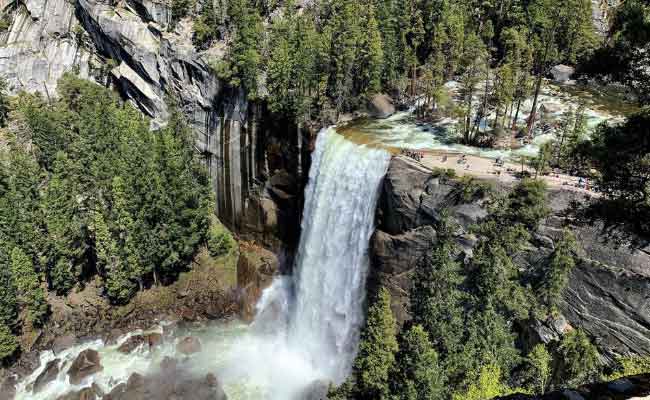
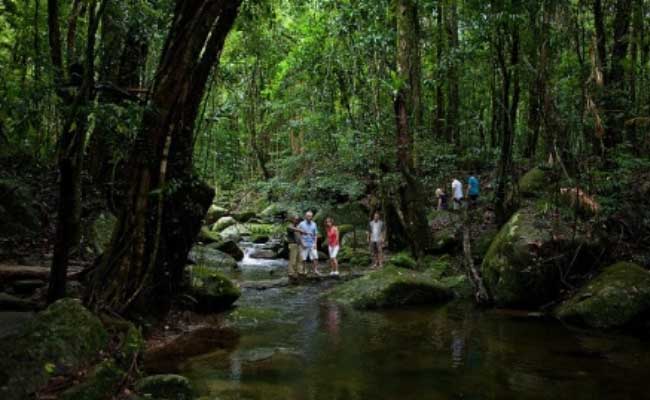
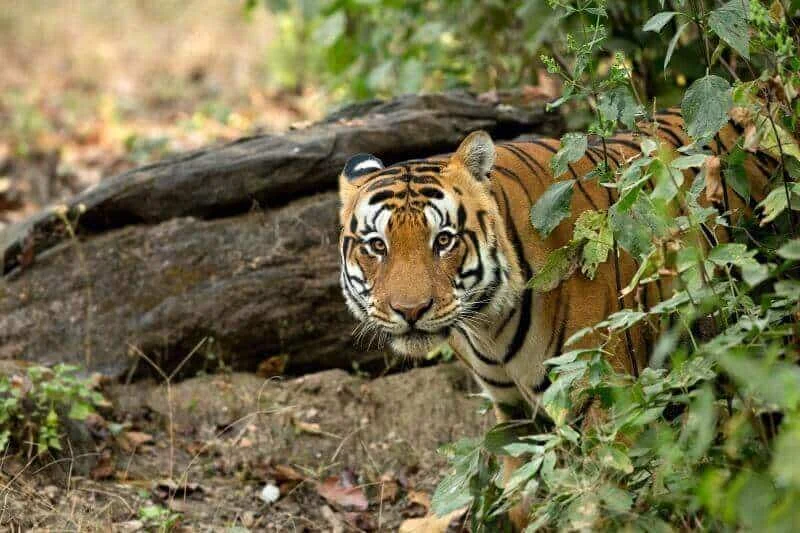
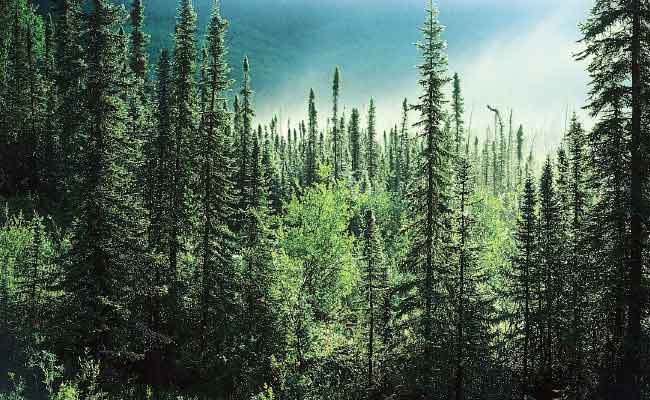

One thought on “Yosemite National Park”